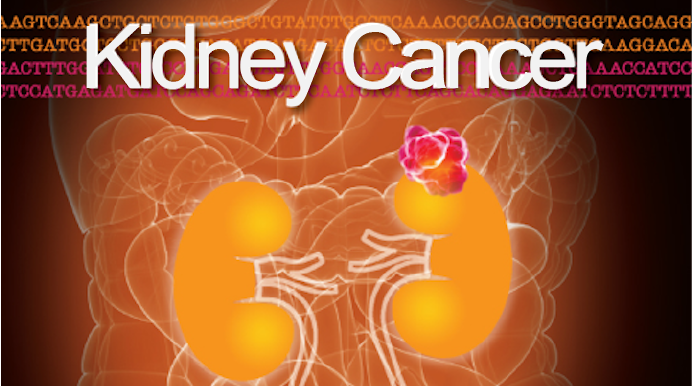
Surgical approaches following durable responses to immunotherapy
An ongoing question in the treatment of metastatic renal cell carcinoma (mRCC) in the current era is not only the utility of cytoreductive nephrectomy (CN) but also whether to perform upfront or delayed nephrectomy. As many patients with metastatic disease may display excellent and durable responses particularly in their metastatic sites, a decision of if and when to perform cytoreductive nephrectomy becomes more nuanced.
Durable responses to immune checkpoint inhibitor-based regimens for metastatic clear cell renal cell carcinoma stratified by IMDC risk groups: A pooled analysis of four randomized phase 3 trials
Abstract
Background
An immune checkpoint inhibitor (ICI) backbone is a standard of care for frontline metastatic clear cell renal cell carcinoma, involving either ICI doublet or tyrosine kinase inhibitor (TKI) with ICI. These phase 3 trials used a sunitinib control arm. The optimal regimen is uncertain.
Objective
To compare long-term responders of these trials using extended follow-up data stratified by International Metastatic RCC Database Consortium risk group.
Methods
Phase 3 trial data (CheckMate 214, KEYNOTE-426, CheckMate 9ER, and CLEAR) with a minimum follow-up of four years was used. Pseudo individual patient data (IPD) was obtained from Kaplan-Meier curves using the graph digitizer software IPDfromKM R package to extract coordinates of points on the curves and to apply a numerical algorithm to reconstruct progression-free survival (PFS) and overall survival (OS) results. Durable response (DR) was defined as PFS ≥ 24 months, extreme durable response (EDR) as PFS ≥ 36 months, and long-term OS as OS ≥ 48 months.
Results
For the favorable risk group, lenvatinib-pembrolizumab had the highest DR and EDR, while ipilimumab-nivolumab had the lowest DR, and cabozantinib-nivolumab had the lowest EDR; there was no difference in long-term OS among the regimens (p = 0.11). For the intermediate/poor risk group, lenvatinib-pembrolizumab also had the highest DR and EDR compared to other regimens with similar DR and EDR; there was also no difference in long-term OS among the regimens (p = 0.22).
Conclusions
TKI-ICI was overall associated with higher DR and EDR regardless of risk status compared to ICI doublet. Yet, OS at 48 months were similar when stratified by favorable versus intermediate/poor risk.
External validation of automated CT volumetry in renal tumor volume measurement and its surgical implications
Abstract
Background
Accurate renal tumor anatomy description is crucial for improving surgical and oncological outcomes. CT advancements assist in surgical planning by determining renal tumor volume.
Objectives
Methods
Data from 45 patients with renal mass who underwent partial or radical nephrectomy at our institution between December 2019 and January 2024 were analyzed. Automated CT volumetry software was used to detect and measure tumor volume from the pre-operative CT DICOM files. The volume of the retrieved specimens was re-measured using the water immersion method.
Results
The agreement between CT and the water immersion method was tested using Lin’s concordance correlation coefficient (CCC), which yielded a value of 0.856. The bias correction factors (Cb) and Pearson’s correlation coefficient (ρ) were 0.928 and 0.922, respectively. CCC was better for the partial nephrectomy group (0.943) than the radical nephrectomy group (0.799). The Bland-Altman plot indicated that CT overestimated large-sized tumors. A positive correlation was detected between tumor volume and each of the PADUA score (ρ = 0.494, p value = 0.001) and ischemia time (ρ = 0.048, p value = 0.821).
Conclusions
CT volumetry is an accurate tool for renal tumor volume measurement that could serve as a valuable parameter for optimizing surgical decisions.

